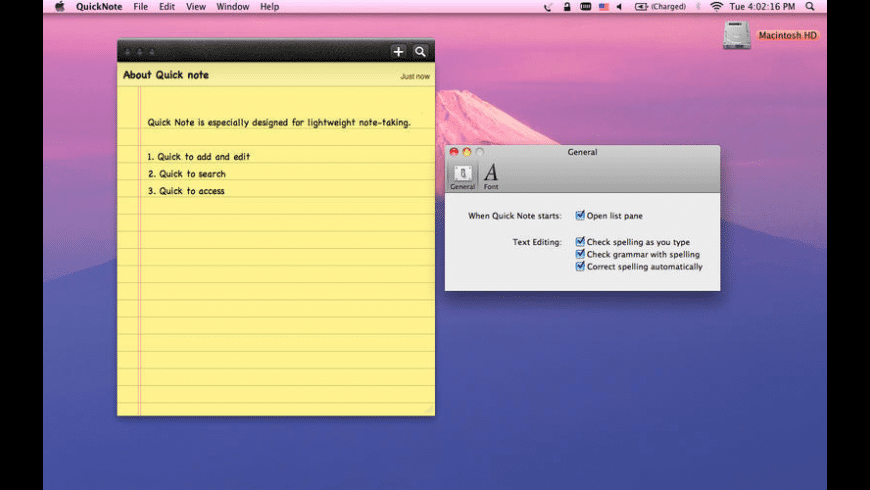

4 Diigo's Free and Education Basic plans are the most popular.įor the classroom, Diigo's features make it easy to: By default, student profiles are private.Īs Table 1 shows, Diigo has more features than Delicious or browsers, enabling users to tag, organize, manage, and share information they discover online. ** Teachers with an educator account can create a private group for students. Diigo permits adding new bookmarks to a Delicious library. Tools and browser extensions for bookmarking Organize bookmarks automatically with tags Table 1 compares the main features of Diigo, Delicious, and traditional browsers. These annotations can be kept private, shared with a Diigo group, or forwarded as a special link to other individuals or groups for collaborative purposes. The latter allows users to highlight any part of a web page and attach sticky notes to specific highlights or to a whole page.

One key difference between Delicious and Diigo is annotation. Among the many sites available today, Delicious and Diigo are the two most commonly used in education. Social bookmarking sites first appeared about 10 years ago, but did not gain wide popularity until the launch of in 2003. Tags are collaboratively created and managed to annotate and categorize web content. 2 Social bookmarking has advantages over the traditional schemes, principally because it relies on a web-based system of classification known as folksonomy. From a social network platform, they serve as an organizational tool to collect and organize a variety of web resources (hyperlinks, documents, podcasts, video files, graphics, etc.). Notable among these are social bookmarking systems. The proliferation of Web 2.0 tools has inspired the development of a number of applications designed to enhance collaborative work. Users may not remember why they created a bookmark or what part of the page they were trying to save.Large collections of bookmarks can quickly become unmanageable and disorganized.Building a list of important bookmarks not only is time-consuming, but the list is only available on the individual user's computer.While this method of saving web pages and websites can help a computer user remember and quickly access important sites, there are numerous disadvantages: However, these browser bookmarking systems have not kept up with the changes and growth of the Internet, saving clusters of websites arranged loosely around informational themes. Most commonly, users save a web page's URL with their personal browser's bookmarking feature, like Favorites (in Explorer) or Bookmarks (in Firefox), to revisit it in the future. Keeping track of and organizing the incalculable website options available is a daunting task. Teachers and students routinely use the Internet for archiving, organizing, and sharing information associated with their research and in collaboration with others on projects. Then, using Diigo as a focus, I explore the possible uses and benefits of social bookmarking for research and collaboration in the classroom. In this article, I compare the benefits of traditional and social bookmarking websites. While many social bookmarking sites offer some collaboration opportunities, I have found that Diigo (Digest of Internet Information, Groups and Other stuff) combines a user-friendly social platform with bookmarking features, making it an effective research, integration, and collaboration tool for use in the classroom. Social bookmarking websites give them opportunities to discover and organize information.

Indeed, they can learn to approach and solve problems by collaborating with other students and their teachers.


 0 kommentar(er)
0 kommentar(er)
